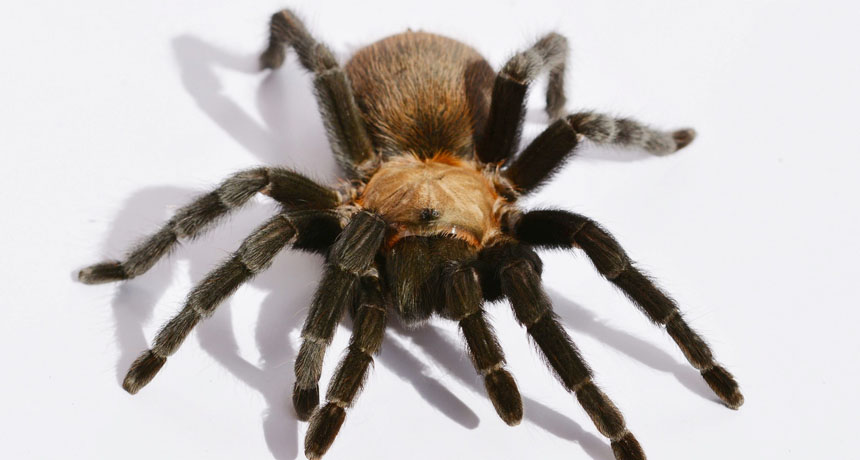Heat makes scuttling tarantulas less coordinated

Texas Brown tarantulas (Aphonopelma hentzi) have two joints in each leg that they need to coordinate while scuttling after prey.
Anna Ahn and I.G. Ros

Texas Brown tarantulas (Aphonopelma hentzi) have two joints in each leg that they need to coordinate while scuttling after prey.
Anna Ahn and I.G. Ros